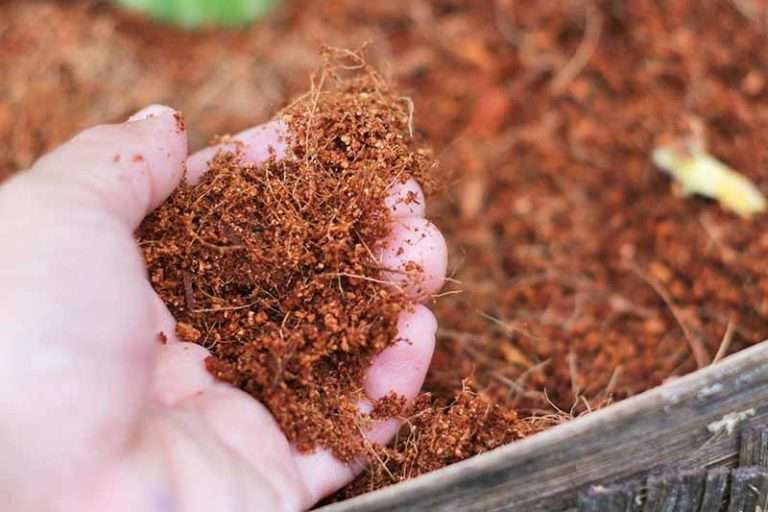
The substrate called grow media is the ideal environment for your plants to establish and thrive. It is one of the essential factors you should consider when caring for your garden. There are various growing mediums, such as soil, clay pebbles, and coco. When choosing a growing medium, you will often find that it has multiple substrates designed to create a mix that will provide excellent water retention and aeration. There are many advantages and disadvantages to choosing either grow media or soil. To select suitable materials for your garden, you must understand these factors.
Coco coir is the end product of processing coconut husks and is a sustainable material that gardeners can use for various reasons. One of these is its ability to provide a strong and healthy root system. It is relatively easy to use, making it an ideal medium for anyone interested in growing plants. It helps in sustaining the soil as well. Besides growing roots without being compressed, coir retains moisture longer than other mediums. It means that it can dry out much faster and is more forgiving if you do not water it regularly.
Commercial and beginner growers use soil as a medium for their growing needs. Organic farmers often prefer to use bare soil filled with nutrients and minerals that are naturally occurring. Soil is appropriate for hand-watering and irrigation systems. It keeps nutrients readily available, and it helps insulates the root system.
One of the main issues that some people have with using coco coir is that it can retain moisture, potentially preventing the plants from receiving the nutrients they need right away. Hydrating the coir ensures it gets the nutrients it needs to grow well. Pre-hydrating it will help ensure that the plant receives the nutrients it needs. One of the most significant disadvantages of soil is that it can be very cumbersome to handle and haul. Potting soil also has a variety of organic and mineral compounds that can potentially be detrimental to your plant’s performance. It is impossible to thoroughly account for all these compounds to ensure that they provide the best possible nutrients. Also, it can potentially contain unwanted and competitive organisms.
Some people use coco coir as a soil amendment instead of choosing between soil and coco coir. It allows them to get the best of both worlds by reducing the weight of their soil. Rock wool is standard in soilless culture, and coconut coir has gained widespread attention as an alternative material. Choosing the best among these is not an easy task. Every individual has a unique preference when choosing the best possible growing medium for their home. For instance, if you are a fan of coco coir, then you might find it the ideal choice for your hydroponic system or potted plants. However, various factors go into choosing the suitable material for your needs.